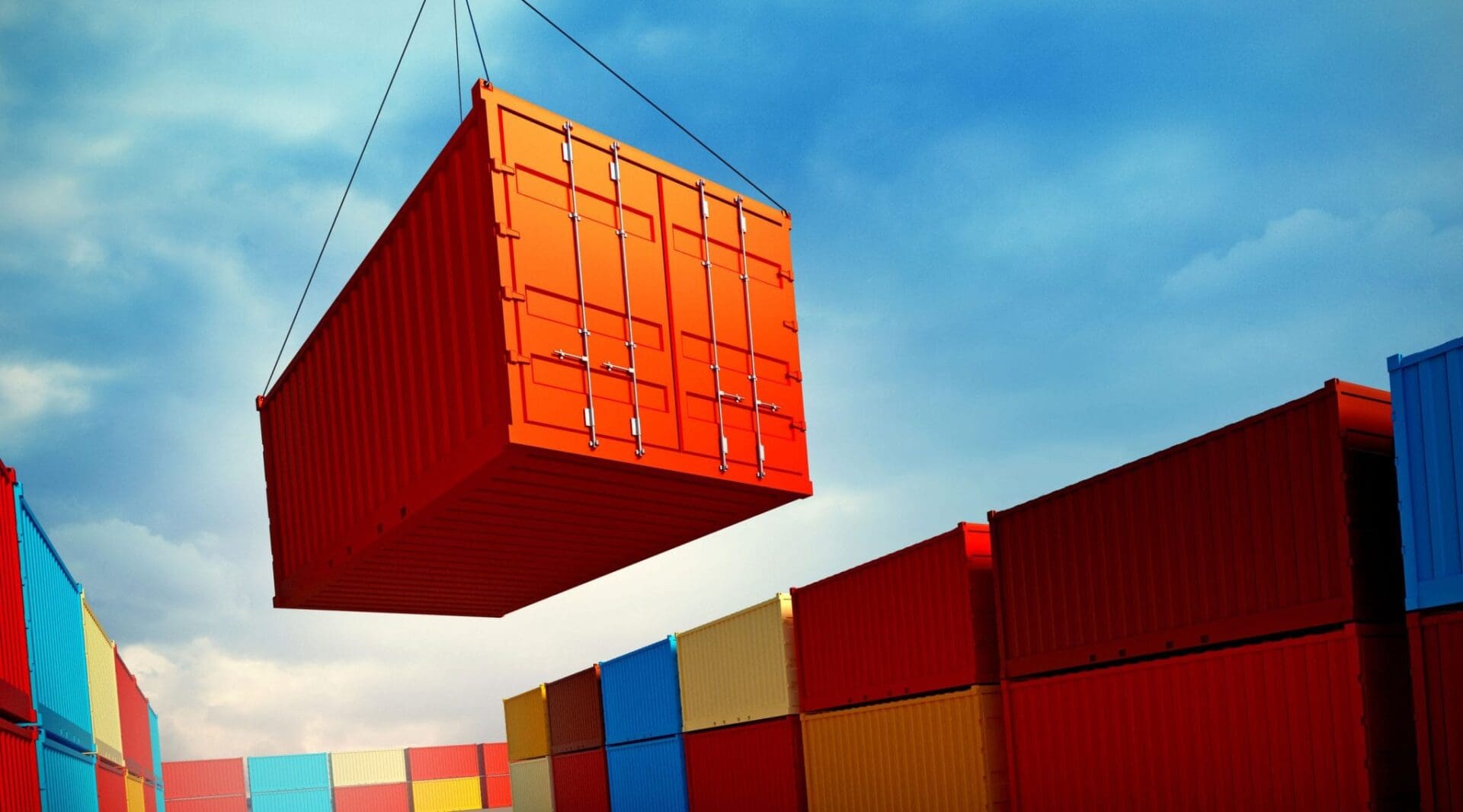Tracking Industry Changes – Electronic Logging Device (ELD) Rule
News Alert
> 04/16/2025 > China Now Faces 245% Trump Tariff
> 04/09/2025 > President Trump Announces 90 Day Pause of Reciprocal Tariffs
> 04/09/25 > UPDATED GUIDANCE – Reciprocal Tariffs on China, April 9, 2025, Effective Date
> 04/03/2025 > White House Announces Reciprocal Tariffs
> 03/13/2025 > Update: Section 232 Aluminum and Steel Reporting Guidelines
> 3/13/2025 > Urgent Update: Section 232 Tariffs Set to Take Effect
> 03/04/2025 > Canada, Mexico, and China Retaliatory Tariffs
> 03/04/25 > TARIFF UPDATE: Canada, Mexico, China, Steel & Aluminum

Tracking Industry Changes – Electronic Logging Device (ELD) Rule
Posted on Dec 20
December 18, 2017 marked Phase 2 compliance of the ELD regulation through the Federal Motor Carrier Safety Administration, FMCSA. This rule eliminates carriers and drivers from using paper logs forcing instead the ELD to automatically track driver Hours of Service (HOS). The new regulation does not, however, change the HOS rules, only the means by which they are logged. Most fleets are ready for the ELD rule with about 70% of carriers and drivers being prepared. A number of surveys in the past few months have indicated the remaining approximately 30% of truck drivers (full truck load) do not intend to install the ELD and will be facing citations and revocation of their MC# if not installed by April 2018.Due to these industry changes, we are seeing an increase in pricing and tight truck capacity. With the trucking industry already facing a chronic driver shortage, ELDs are expected to further strain driver availability. This is expected to continue through the first quarter of 2018 and likely into the second quarter. In an effort to most effectively face this challenge, we are.Working closely with our partner carriers to receive priority attention on our movesDispatch to carriers in advance to secure truck power earlyIncreasing capacity through partnerships with additional trucking companiesArranging for customs clearance prior to arrival at destinationAs a supply chain partner, suppliers and warehouses can help this situation throughProviding flexibility on receiving hoursLoading/unloading efficiently to minimize driver wait timeSubmitting timely commercial documentation for clearanceReviewing accuracy of paperwork (delivery addresses, phone numbers, contact names, etc.) for delivery ordersThe FMCSA rule can be found here. Please contact your V. Alexander account team with any comments or concerns.
